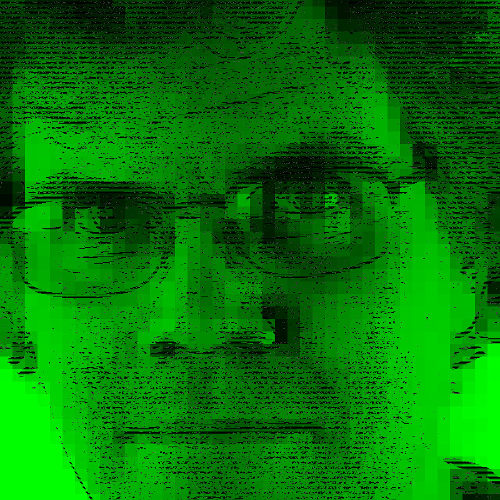It's a journey through space and time. In 1769, the Spaniards of Portolá expedition walked from San Diego to San Francisco Bay; a couple of people on the expedition took pretty good notes. Some time passed. A few years ago, author Nick Neely walked from San Diego to Palo Alto by San Francisco Bay, at the same time of year, keeping to Portolá's route and pace, mostly. In this book, he writes about his walk; but he also writes about layers of intervening history. The result is a report that swings wildly through time, moving steadily through space.
What do I mean by swinging through time? As the author tried to keep to Portolá's route, he relied on expeditioneers' notes about geological formations; those pretty much stayed the same. But plenty else had changed over the centuries. The author outpaced the expedition a few times. Where the expedition had to chop through undergrowth to clear a path for their pack animals, the author walked on a paved road. Where the expedition got bogged down in marshes, the author hiked across now-drained land. Where the expedition went slowly because of scurvy, the author didn't have scurvy because now we know better. The author got "separated" from the expedition a couple of times: Where the expedition kept to a straight course, the author went around USA military bases, because the expedition route is bombarded nowadays.
The author's hitch-y adherence to Portolá's timeline reminded me of my attempt to navigate SFMoMA's lobby for artist Janet Cardiff's video walk. In this immersive experience (he said, self-consciously), I carried around a little video player, watching a video shot by the artist making her way through the SFMoMA lobby. So I had to glance down at the video player to see where I should walk next; and I had to glance up to make sure that I didn't crash into any other present-day museum visitors. And more than once I caught myself instead dodging around recorded museum visitors, nearly crashing into present-day folks. So, I wasn't dodging military ordinance, I operated on a much smaller scale, but yeah, I get it, I kinda understand the dissonance.
Speaking of my challenges being much smaller scale than the author's: Yeah, I walked around SF Bay and I'm proud of that, but I'm not going to pooh-pooh the author's stunt of this long walk in California. Walking around SF Bay, I was never more than a half-day's walk from a motel. This book's author tromped through wilderness, tourist-resistant housing developments, farmland… He camped a lot; he trespassed and camped a lot, not because he's some raving scofflaw, but because plenty of nights he didn't have choices. Maybe my SF-Bay walks made me more impressed with his stunt? Uhm, I used to make fun of people who ate at Taco Bell while in California, a region with much better Mexican food available. But I notice in my around-SF-Bay walks, there's a Taco Bell in South San Mateo I stop at. The cuisine is nothing special; but I hit that spot at the end of a long day of walking. My brain exhorts if we just walk a little further, we can have much tastier food, but my legs say yeah, no, that "little further" is not happening today. So I eat Taco Bell burritos and check into a motel and go to bed and rest my poor, tired legs. Anyhow, the author gets food from gas stations, convenience stores, from Taco Bell; and I get it, I sympathize.
Speaking of recognizing that one's chosen challenge is much punier than that taken on by others: The author enountered some people on a Peace and Dignity run, Native Americans relay-running from Fairbanks Alaska to Panama: waaaaay further than a piddly half-the-length-of-California 650 mile stroll. At Panama, those runners would meet another group that had run up from Tierra del Fuego. Hoo boy. Anyhow. Anyhow.
Anyhow, swinging through time; it's not just ping-ponging between Portolá's time and the present day. Some historical displays teach current Californians how folks lived before the Spanish showed up. We get a bit of the history of Los Angeles' water system. Fossils tell us about life long before those folks. Zebras near the central coast survive and remind us of Hearst's folly. I learned more than I expected to about connections between the Portolá expedition and the Ortega Chile Company. I got glimpses of the Spaniards' enslaving California natives; thankfully I didn't get so many glimpses of the USA's killing of more natives (which didn't happen so close to the expedition route). The author passed through areas hit by nearing-present-day forest fires. And there are plenty of present-day points of interest; the author visited a farmland produce warehouse; a freeze-drier who turns animals into displays for natural history museums; a baseball game. He talked with homeless folks and folks with homes. He navigates around that beach that Vinod Khosla is trying to forbid the public from visiting. (Advice to Khosla: let some branch of the USA military conduct live-ordnance-style actvity on your beach; they will definitely forbid visitors.)
I thought it was pretty interesting.
